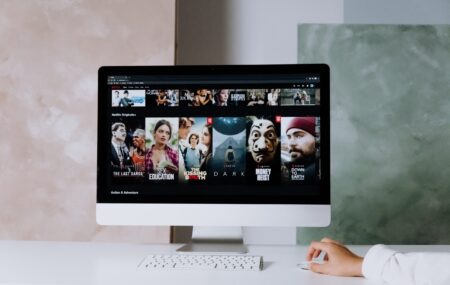Continued testing of new advertising opportunities is key to a brand’s growth. With the media world constantly diversifying, the volume of testing opportunities available has expanded into the thousands. When every media owner is touting their offering as the best, how do you quickly narrow down which tests to prioritize?
To do this, we need an agile and relatively simple way to directly compare available media opportunities, despite there being multiple complex variables involved. Whether that is comparing opportunities within a specific media type (e.g. deciding whether to test sponsorships or ITV Breakfast on TV) or comparing across media types (e.g. evaluating whether to test TV, door drops, or press).
One way to quickly visualize where the best opportunities lie is by using an ‘ICE’ model, which can be applied to streamline the complex world of media testing. ICE stands for Impact, Confidence, and Effort – with every opportunity given a score between 1-5 for each of these three parameters.
ICE scores can be broken down to:
- Impact: How much will the opportunity move the needle on the key metric being targeted? Two sub-areas often dictate this score.
- Cost efficiency – how well does the opportunity align with your cost per acquisition targets?
- Brand metrics – what incremental reach will the opportunity deliver? to what extent will the opportunity drive brand metrics such as awareness?
- Confidence: How confident are we this opportunity will achieve the desired impact?
- Effort: For businesses with a lean operation, speed really does win. It’s important to learn fast and with minimum effort to fully realise scaling opportunities. Considerations here include creative production, delivery logistics and resources required.
An average score (the ICE score) is then calculated for each opportunity. Below is a fictitious demonstration of how this can be used, with 5 being best and 1 being worst. In this example, ITV Breakfast presents the strongest testing opportunity.
All Response Media viewpoint
We are always searching for media opportunities that will help drive acquisition and long-term growth for our brands. Ensuring we cut through the noise to prioritize the best opportunities in a time-efficient way is key.
The widely used ICE method is one tool that can be used for this: paring back the complex variables into a simplistic framework.
In the example shared above the parameters are weighted equally, but this does not have to be the case. For many of our clients, the primary focus is on cost efficiency.
Therefore, when scoring opportunities, we assign a greater weighting to cost efficiency than we do to the other variables. Using this weighted score ensures we are not incorrectly prioritising an opportunity because it is easy and builds brand awareness when this does not align with the brand’s current goal.
There is also scope to include additional parameters to tailor the framework for different advertisers. Additional parameters could include brand fit, brand safety and level of competitor presence, each with an assigned weighting dependent on their importance.
Read more information on our TV services.
Read more information on the digital services.
Read more information on the offline media services.
 3 min read
3 min read 15 April, 2021
15 April, 2021 by Liam Cogan
by Liam Cogan

















